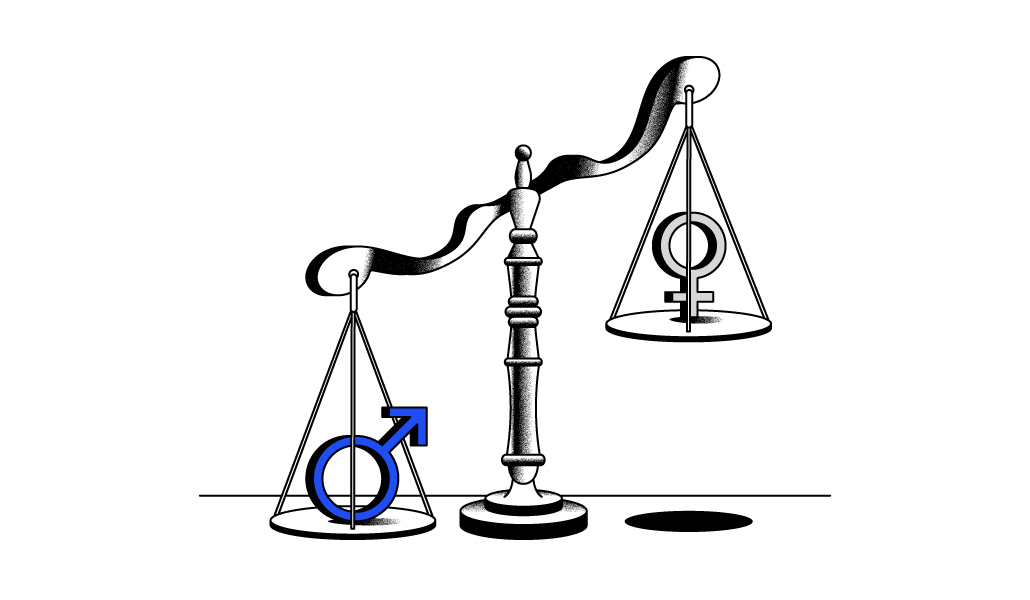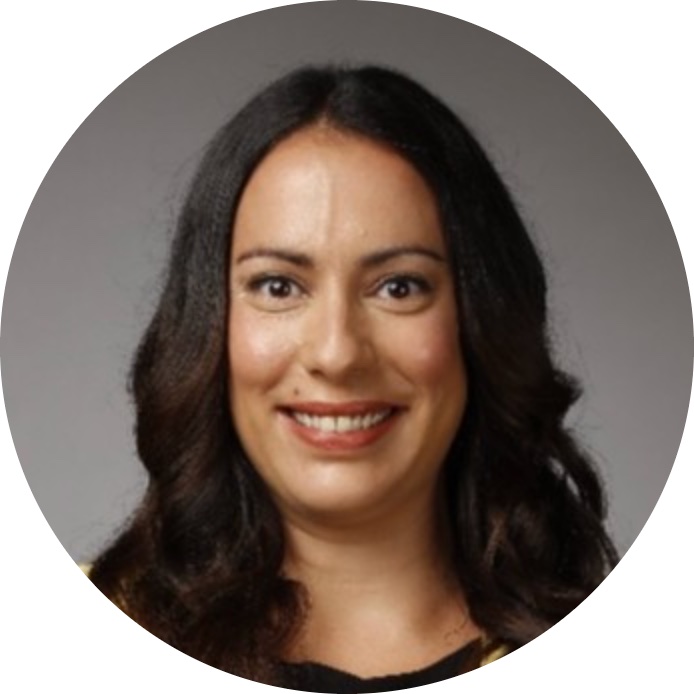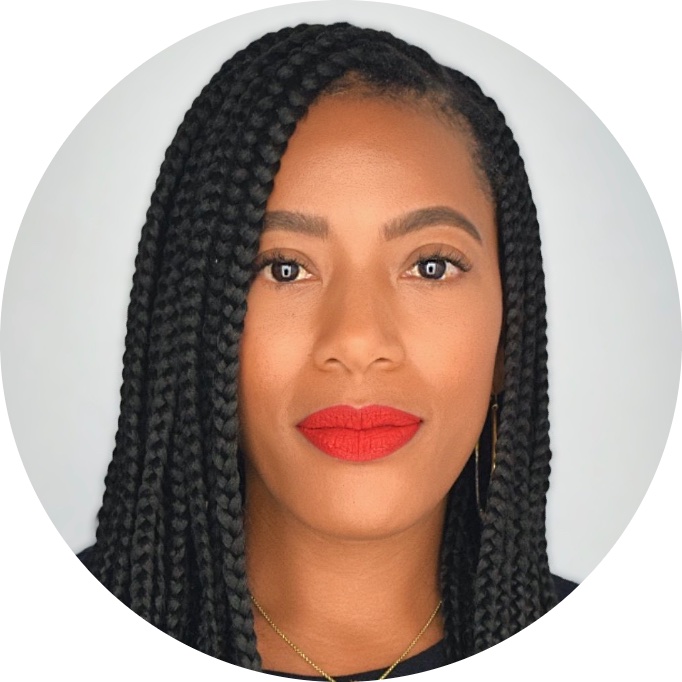How companies are attempting to tackle diversity ‘blind spots’ at the hiring stage

In an attempt to root out all biases – conscious or unconscious – at the hiring stage, more organizations are overhauling their recruitment processes.
For many, that’s meant stripping their recruitment methods to the bare bones and examining everything from how language in job ads can influence who applies, to improving interview questions so they focus on a person’s aptitude and skill, rather than background and experience.
“Barriers to female applicants exist from the very start [of the recruitment process],” said Khyati Sundaram, CEO of Applied, a hiring company that uses de-biased technology and counts the U.K. government, ASOS, Unicef, and PepsiCo as clients. “Our research shows that the use of ‘masculine’ language on job adverts – words like ‘individual,’ ‘challenging,’ and ‘driven’ – reduces the number of female applicants by as much as 10%,” she said.
Applied has developed artificial intelligence – “carefully trained on de-biased datasets” – to identify and replace such language with gender-neutral alternatives. Doing so has led to a 54% jump in female applicants per job ad, added Sundaram.
Traditional hiring processes can be even more difficult for women of color, according to Norma Gillespie, CEO of Resource Solutions, a global provider of outsourced recruitment. She ordered an “end-to-end inclusivity audit” to identify blind spots in the recruitment process and was shocked by the results. “Many of the processes and technologies used in recruitment disadvantage women,” she said.
For example, the audit indicated that quizzing candidates about their current salary has “a disproportionately negative impact on women” and on black females in particular. “We have learned that businesses do not need to ask candidates to meet a ‘must-haves’ tick-list but identify potential,” Gillespie added. “Underrepresented candidates are far less likely to apply for positions when they don’t meet all the criteria.”
She strongly argues that how businesses view candidates must transform “so that they are recognized as the complex, skilled, and talented human beings that they are instead of just focusing on their background, education, and experience.”
Other organizations have run audits to check how they appeal as a brand to customers, as well as an employer. Consumer packaged goods giant Mars discovered some uncomfortable truths about how it portrayed male and female stereotypes in its advertising in 2018. The company has been running yearly audits ever since and announced in June, at Cannes Lions Festival of Creativity, that it had managed to achieve greater gender parity.
But while improving diversity may have been a central theme at Cannes, the reality is that workplace diversity remains decades behind where ad-land folk and others want it to be.
Have a diverse hiring team
For years, if not decades, there has been an accusation that the technology industry is full of “white, stale, and pale” workers. “Businesses, particularly in tech, have not done enough to break down the barriers to women,” said James Dyson, head of global DE&I talent acquisition at integration technology platform Boomi. “They must now ensure that women’s voices are heard on what needs to change. This inclusivity must be at the core of creativity and growth for companies.”
He suggests there are seven pillars of inclusion. These are access, attitude, choice, partnerships, communication, policy, and opportunities. “Every single pillar must play into an organization’s strategy at every level,” Dyson added.
Nabila Salem, president of Revolent, a cloud talent creation company, agrees that the tech industry must be honest about its failings. “We’ve noticed that, often subconsciously, people tend to recruit and attract people who are like them, which is why we make sure that we have a real breadth of diversity across our own business – particularly for roles responsible for attracting and hiring others into the business,” she said.
The company’s talent acquisition teams have been told to focus on boosting representation across two main pillars: gender and ethnic diversity. “[These] are challenging to recruit for not only for us, but for the tech sector as a whole,” said Salem, who points out Revolent’s senior leadership team is 67% female, with a range of ethnic backgrounds represented. This is much more than tokenism: it influences others and accelerates change for good.
“Not only does this showcase strong role models to those within our business who want to progress, but it also helps us to understand the needs and challenges of the diverse range of professionals we work with,” she added.
Avoid central tendency bias
The automotive industry is also traditionally male-dominated, which is at odds with the dynamic, innovative, and future-facing products created. Women make up half of the general labor force. Still, within the automotive industry, that figure drops to a quarter, according to Deloitte research. And there is a pitiful number of females in senior leadership roles, points out Charlotte de Metz, chief people officer of Keyloop, which builds car ownership technology.
To try and right the balance, Keyloop has joined the Automotive 30% Club – a voluntary community of managing directors and CEOs which aims to help women achieve their full potential and inspire young women to join the automotive industry. The goal is to fill at least 30% of key leadership positions in the 60-plus member organizations – including Bentley, Volvo, Renault Group, and AutoTrader – with women by 2030. Keyloop has already hit that target at her own company and is now encouraging others to achieve the same goal.
San Francisco-based Misty Gaither, senior director and global head of diversity, inclusion, and belonging at job-listing platform Indeed, offers some recruitment tips. First, have your hiring goals in mind before the interview process begins. “Whether you call it a rubric, matrix, or scoring system, how you assess a candidate’s skills and abilities should be consistent from person to person,” she said. “This will help you avoid variable questioning bias – where candidates are asked a different set of questions from one to the next.”
Crucially, though, you should be careful to avoid central tendency bias. “This is when your scoring leans towards placing candidates in the middle of the scale and ending up with a lack of credible insight,” explained Gaither.
Finally, involve multiple colleagues when interviewing. By doing this, an interview avoids being clouded by a single individual’s biases and also gives the candidate a more rounded impression of the team. “It means that any similarity bias – what you have in common with a candidate – or negative emphasis bias – where a small amount of negative information dominates the entire interview – is offset by a variety of personalities and opinions in the room,” she added.

